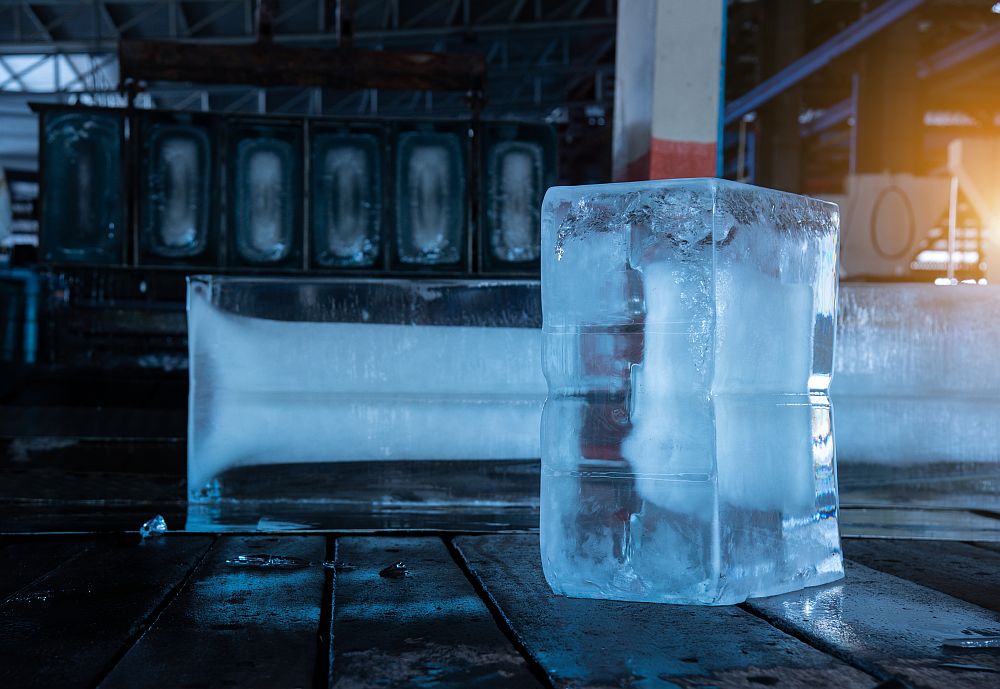[Image above] Scientists at the California NanoSystems Institute at the University of California, Los Angeles, found that adding caffeine to perovskite solar cells stabilizes their power conversion efficiency. Credit: Marc Roseboro, CNSI
Globally, consumption of coffee and tea continues to rise, and not just because people like the taste—surveys have shown people are willing to give up essential activities to get their daily caffeine dose.
Even if you are someone who claims to have escaped caffeine dependency, there are many other ways caffeine enters our diet beyond just coffee and tea, including some ice creams and yogurts, protein bars, and even painkillers.
Caffeine is everywhere in our diets, and based on a new study by researchers at the University of California, Los Angeles, caffeine may soon provide us energy in another way as well.
Perovskite solar cells (PSCs) are often considered the future of solar power. Though the term “perovskite” originally means a calcium titanium oxide mineral composed of calcium titanate, when used in regard to solar cells, the term “perovskite” refers to all compounds with the same crystal structure as calcium titanate.
Since 2009, PSC power conversion efficiency rose from 3.8 percent to more than 20 percent, putting PSC efficiency nearly on par with silicon solar cells. And PSCs have the potential to eventually exceed silicon’s efficiency and at a lower cost.
However, PSCs face a pretty major drawback—they cannot withstand sustained heat from sunlight. “While perovskites are an attractive option for solar cells, the materials degrade and become less stable over time. We need them to last 20 to 30 years like traditional solar cells,” explains Yang Yang, senior author on the recent study and professor of materials science and engineering at UCLA, in a UCLA press release.
To date, many reported strategies to achieve thermal stability focused on improving device architectures. However, there have also been attempts to increase stability by introducing specific functional groups that can interact with PSCs.
The UCLA study falls into the latter group. When Rui Wang, a UCLA graduate student and co-first author of the study, was drinking coffee with colleagues in March 2018, he began to wonder if caffeine’s chemical structure could interact with materials used in PSCs.
“The boiling point of caffeine is 300ºC [572ºF], which is higher than the operational temperature of solar cells, so it seemed like a possible candidate,” Wang says in the press release.

To test whether caffeine would improve a PSC’s thermal stability, the researchers mixed dimethylformamide, methylammonium iodide, and lead iodide to create a liquid solution and then added 1,3,7-trimethylxanthine (i.e., caffeine). They poured this caffeinated solution onto indium tin oxide glass to form a black layer of perovskite, and then they incorporated the perovskite film into a solar cell.
The researchers found the caffeine-containing PSC retained its thermal stability at 85°C (185°F) for more than 1,300 hours, or about 55 days, while preserving 86 percent of the energy it took in. In comparison, a PSC made without caffeine retained only 60 percent of its power conversion efficiency after 175 hours, or about seven days.
Why was caffeine so successful at stabilizing the PSC? In the press release, Jingjing Xue, a UCLA graduate student and another co-first author of the study, explains how the caffeine formed a strong “molecular lock” with lead ions.
“Parts of caffeine’s chemical structure were forming very strong binding with the lead ions and stabilizing the crystals,” says Xue. “The molecular lock between caffeine and lead also slowed down the growth of perovskite crystals, allowing them to align into an orientation that is beneficial for electric charge transfer.”
With this understanding of the “molecular lock” effect caffeine has on PSCs, Yang says they can now explore whether chemicals other than caffeine could produce similar effects.
“The molecular lock may help push perovskite solar cells to commercialization in the future,” Yang says.
The paper, published in Joule, is “Caffeine improves the performance and thermal stability of perovskite solar cells” (DOI: 10.1016/j.joule.2019.04.005).
Author
Lisa McDonald
CTT Categories
- Energy
- Thermal management


